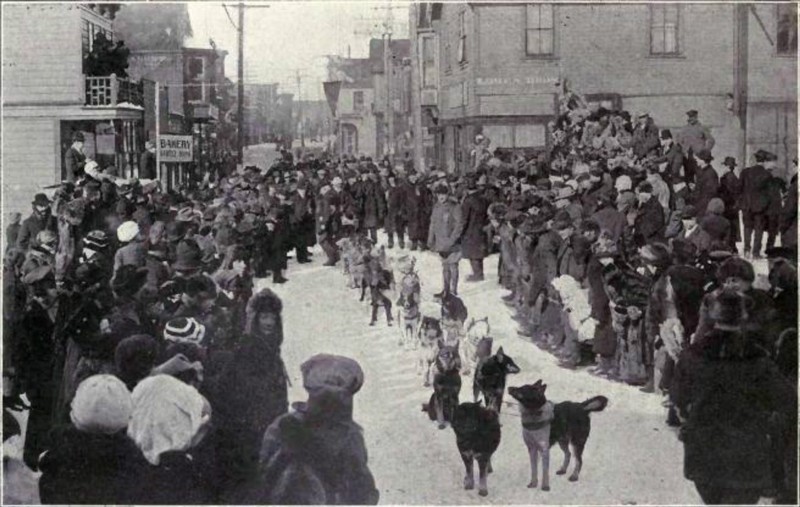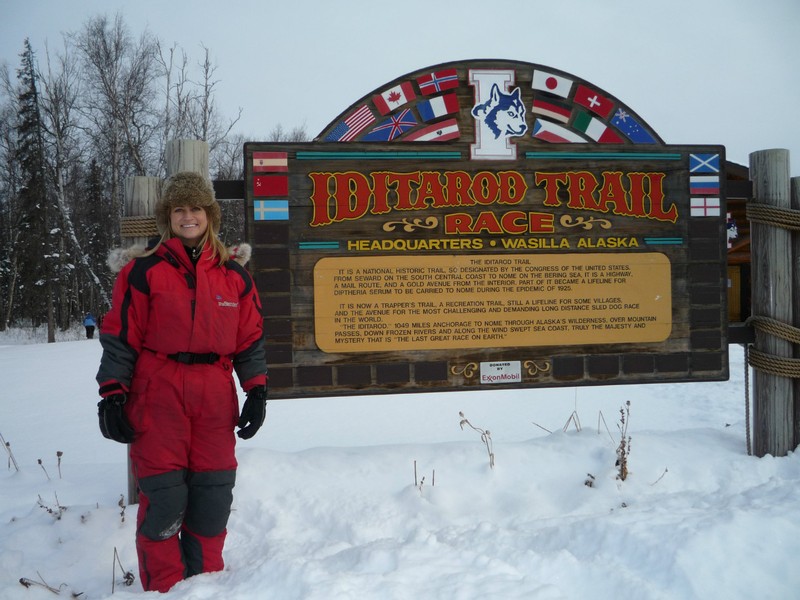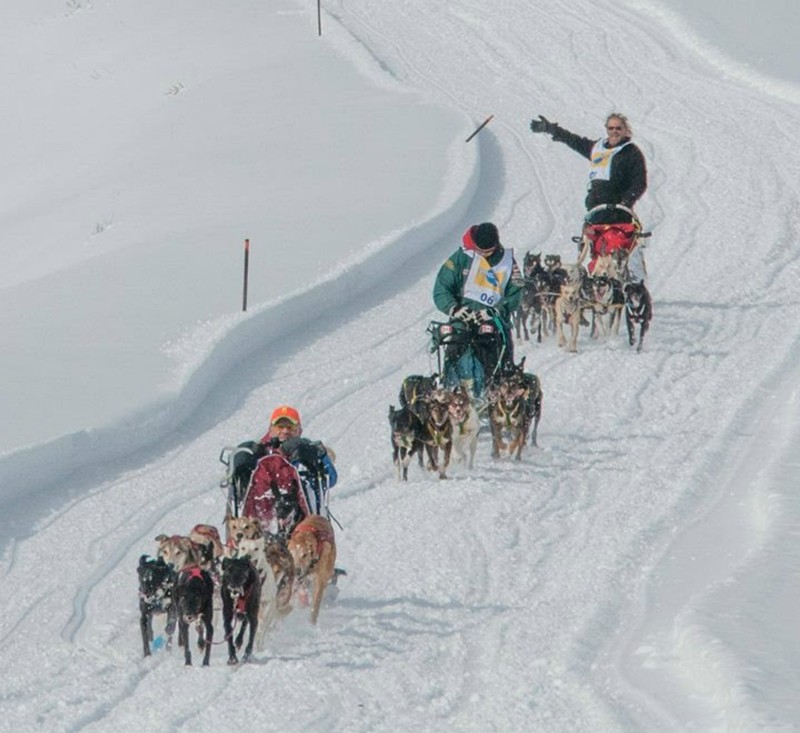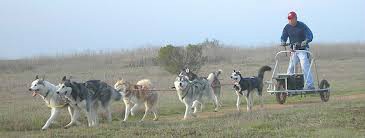
Breeze Blog
Here is a little history about my sport. I adapted this information from
https://en.wikipedia.org/wiki/List_of_sled_dog_races.
Humans have domesticated dogs for thousands of years, and sled dogs have been used for transportation in Arctic areas for almost as long.
The first sled dog race to feature a codified set of rules was the All-Alaska Sweepstakes, which first took place in 1908. 
All Alaska SweepstakesThis was followed in 1917 by the American Dog Derby, which was the first sled dog race outside Alaska or the Yukon. In 1932, sled dog racing was a demonstration sport at the 1932 Winter Olympics in Lake Placid, New York, but was not included in future games.
The most famous sled dog race is the Iditarod Trail Sled Dog Race, an annual 1000-mile competition in Alaska. It commemorates the 1925 serum run to Nome but was not begun

until 1973. The Iditarod helped restart worldwide interest in mushing, which had been declining after the spread of snowmobiles.
 Since mushing's resurgence, the sport has grown and sled dog races are hosted in towns around the world, from Norway and Finland to Alaska and Michigan. Due to the cold temperatures needed for sled dog racing, most races are held in winter in cold climates, but occasional carting events, typically known as dryland races, have been held in warmer weather. Since mushing's resurgence, the sport has grown and sled dog races are hosted in towns around the world, from Norway and Finland to Alaska and Michigan. Due to the cold temperatures needed for sled dog racing, most races are held in winter in cold climates, but occasional carting events, typically known as dryland races, have been held in warmer weather. 
There are three typical types of sled dog races: sprint, mid-distance, and long-distance. These types can be broken down into sub-types. Sprint races cover relatively short distances of 4 to 25 miles/day, mid-distance races cover a total of 100 to 300 miles, and long-distance races cover 300 miles to more than 1,000 miles. Sprint races frequently are two- or three-day events with heats run on successive days with the same dogs on the same course. Mid-distance races are either heat races of 14 to 80 miles per day, or continuous races of 100 to 200 miles. (These categories are informal and may overlap to a certain extent. The Eukanuba Stage Stop Race is considered to be a mid-distance stage race.) Long-distance races may be continuous or stage races, in which participants run a different course each day, usually from a central staging location. Stage races are similar to cycling's Tour de France.
Generally, teams start one after another in equal time intervals, competing against the clock rather than directly against one another. This is due to logistic considerations of getting teams of dogs to the starting line for a clean timed start. Mass starts where all of the dog teams start simultaneously are popular in parts of Canada. Another mode of dogsled racing is the freight race, in which a specified weight per dog is carried in the sled.
|

